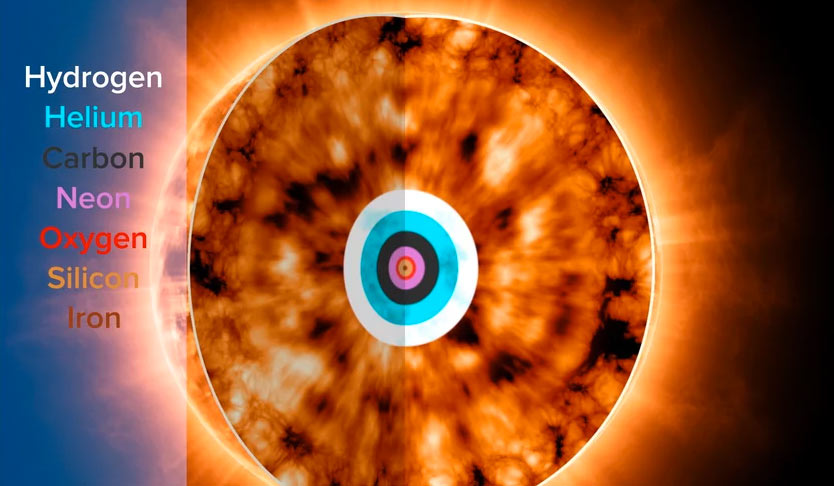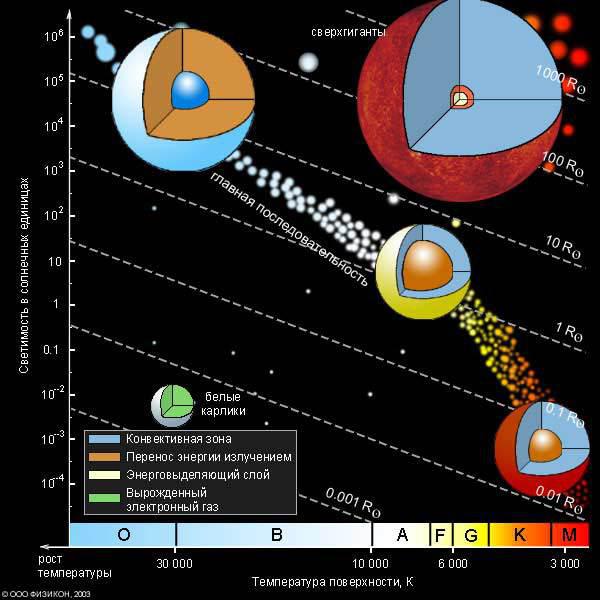Do you have a trouble to find 'nucleosynthesis inside'? You will find your answers right here.
Table of contents
- Nucleosynthesis inside in 2021
- Stellar nucleosynthesis
- Nucleosynthesis definition
- What is supernova nucleosynthesis
- Nucleosynthesis reactions
- Supernova nucleosynthesis elements formed
- Types of nucleosynthesis
- Nucleogenesis
Nucleosynthesis inside in 2021
 This picture shows nucleosynthesis inside.
This picture shows nucleosynthesis inside.
Stellar nucleosynthesis
 This image shows Stellar nucleosynthesis.
This image shows Stellar nucleosynthesis.
Nucleosynthesis definition
 This picture representes Nucleosynthesis definition.
This picture representes Nucleosynthesis definition.
What is supernova nucleosynthesis
 This image representes What is supernova nucleosynthesis.
This image representes What is supernova nucleosynthesis.
Nucleosynthesis reactions
 This picture shows Nucleosynthesis reactions.
This picture shows Nucleosynthesis reactions.
Supernova nucleosynthesis elements formed
 This image illustrates Supernova nucleosynthesis elements formed.
This image illustrates Supernova nucleosynthesis elements formed.
Types of nucleosynthesis
 This picture shows Types of nucleosynthesis.
This picture shows Types of nucleosynthesis.
Nucleogenesis
 This image demonstrates Nucleogenesis.
This image demonstrates Nucleogenesis.
How are the elements produced in nucleosynthesis?
Largely, it is fused into carbon via the triple-alpha process in which three helium-4 nuclei (alpha particles) are transformed. The alpha process then combines helium with carbon to produce heavier elements, but only those with an even number of protons. The combinations go in this order: Carbon plus helium produces oxygen.
When did nucleosynthesis occur in the Big Bang?
Nucleosynthesis first occurred within a few minutes of the Big Bang. At that time, a quark-gluon plasma, a soup of particles known as quarks and gluons, condensed into protons and neutrons. After the universe cooled slightly, the neutrons fused with protons to make nuclei of deuterium, an isotope of hydrogen.
When was the theory of stellar nucleosynthesis developed?
History of the Theory The idea that stars fuse together the atoms of light elements was first proposed in the 1920s, by Einstein's strong supporter Arthur Eddington. However, the real credit for developing it into a coherent theory is given to Fred Hoyle's work in the aftermath of World War II.
What makes up the nucleus of a neutron star?
An artist’s depiction of a neutron star merger. These mergers produce heavy elements like gold and platinum in abundance. Nucleosynthesis is the creation of new atomic nuclei, the centers of atoms that are made up of protons and neutrons.
Last Update: Oct 2021